Palmetto Bluff Real Estate Company Sales Office
Office Hours
Monday-Friday 9am - 5pm
Saturday 9am - 4pm
Sunday 12 - 4pm
Saturday 9am - 4pm
Sunday 12 - 4pm
August was the definition of “the dog days of summer.” Between the heat and rain, many of us grimaced anytime we had to leave the comfort of our air conditioning. Nonetheless, people were still out birdwatching and observing the seasonal shifts in activity. Tree swallows began popping up in the area, though it will be later in the migration that we witness their feathered storm. Hummingbird abundance also increased as the northern individuals started making their way through. Make sure to keep your hummingbird feeders clean and the nectar fresh! Meanwhile, immature raptors, such as Cooper’s and red-tailed hawks, were seen flying around flaunting their newfound independence.

We also received word of a leucistic bluebird that was spotted flying around Longfield stables. This bird is likely either Blanca or the fledgling from this past summer, but it is great to hear of any sightings of this fascinating mutation! And finally, the rattling calls of belted kingfishers, which are here year-round, returned to the marsh as they dispersed from their neighboring breeding habitat.
![Leucistic bluebird [Photo provided by Sharon Pepe]](https://palmettobluff1.wpengine.com/wp-content/uploads/2023/02/Leucistic-Bluebird-Sharon-Pepe.jpg)
As we made our way through August, I was concerned that we may not see many of the early migrating warblers mentioned in last month’s post. Conservancy staff witnessed one yellow warbler, but the other species had gone undocumented. However, that all changed when we had a wonderful conversation with Dr. Ballance and Mrs. Watkins who were visiting Palmetto Bluff to relax and photograph wildlife. They had taken amazing photos of black-and-white warblers, yellow warblers, American redstarts, prairie warblers, and northern parulas along with many of our more common species seen around the Bluff. Among their collection of photographs, they also shared the first documentation of a blue-winged warbler at Palmetto Bluff, which made it our 213th bird species! To say this bird is rarely seen in Beaufort or Jasper County is an understatement. There are only 34 eBird records in our area, with some dating back as far as 1986, and most were documented in April or September. We hope the abundance of warblers the couple saw is a sign that we will have a fantastic migration!

Must-Do 2025 Holiday Events in the Lowcountry There’s no better way to embrace the magic of the holidays than spending them in the heart of the Lowcountry. With its sparkling waterways, moss-draped oaks, and warm coastal charm, Palmetto Bluff transforms into ...
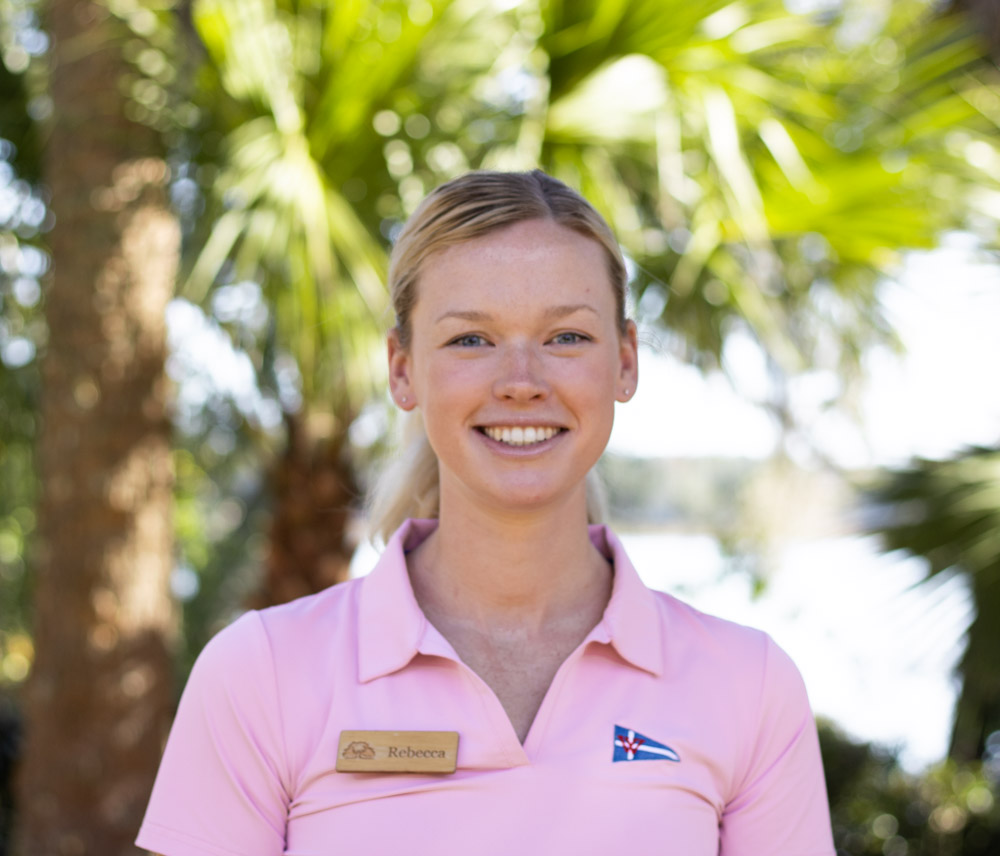
Rebecca’s Journey to Palmetto Bluff For Rebecca McCorkendale, life on the water isn’t just a career—it’s a calling that runs through generations. Growing up on Hog Island, nestled between Hilton Head and Bluffton, Rebecca was raised with salt air in her lungs...
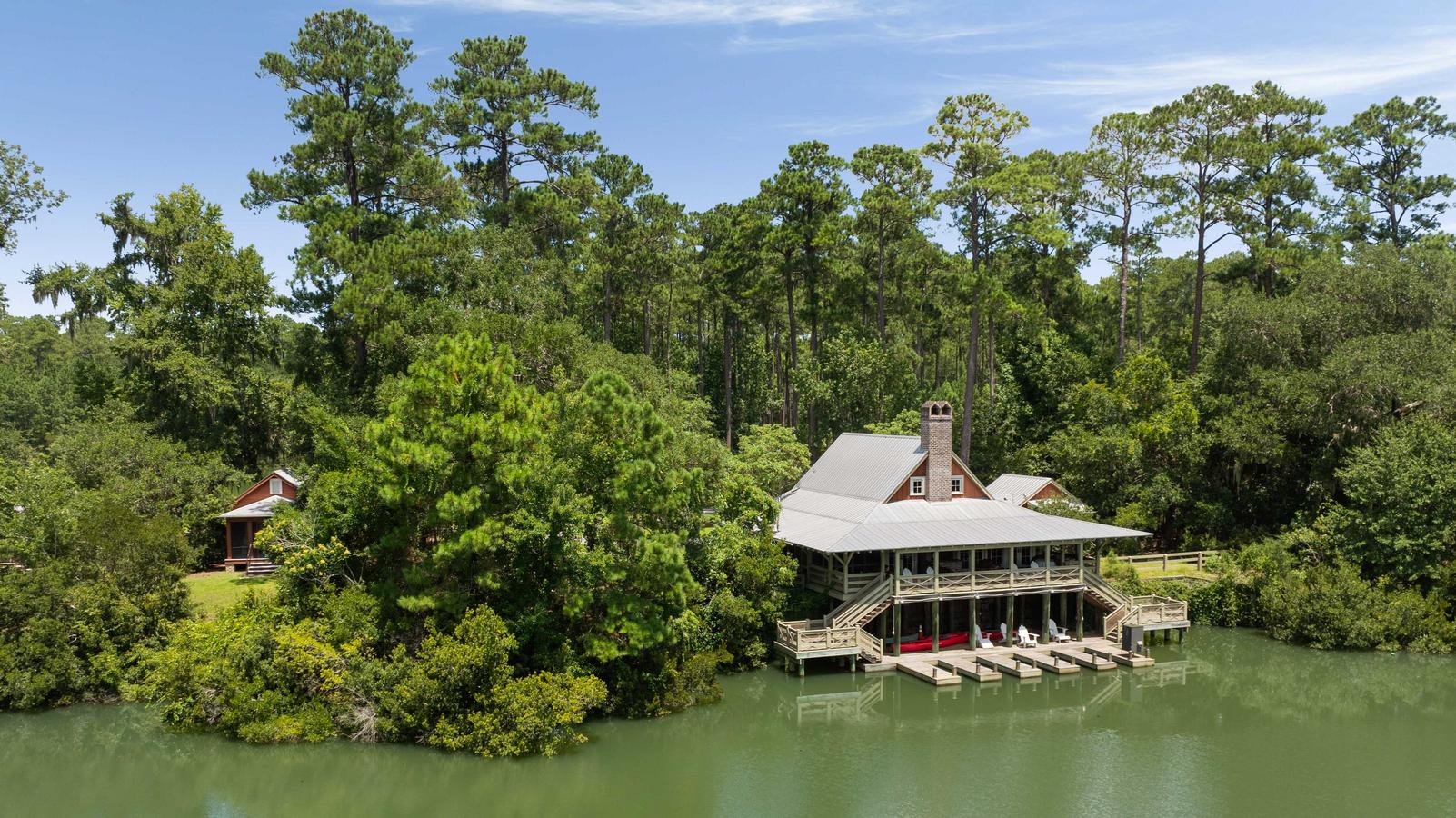
Headwaters Community in Palmetto Bluff Tucked deep within Palmetto Bluff’s untouched maritime forest, Headwaters stands apart as the community’s most private and pristine enclave. With just ten family compounds spread across more than 600 acres of scenic mars...
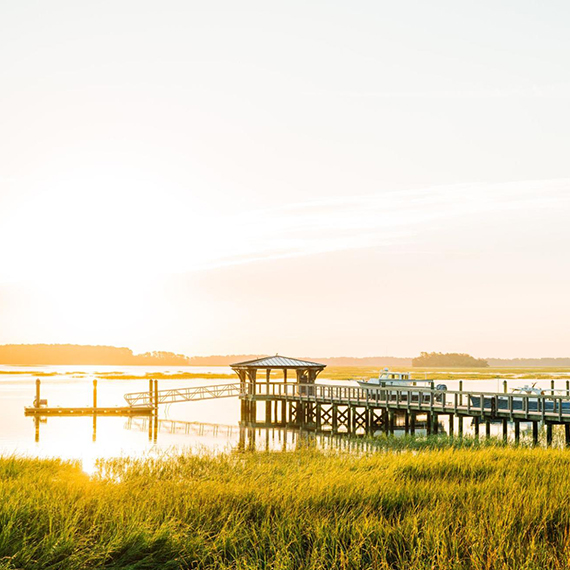
The golden glow of the marshes, the crisp air, and the sense of calm after a busy summer season all make this time of year unforgettable. Whether you’re enjoying the Bluff or exploring the wider coastal region, here are five reasons why fall is when the Lowcou...

David's Journey to Palmetto BluffBorn and raised in Lewisburg, West Virginia, David Johnson’s career path began with a moment of chance. While studying Finance and Economics at Marshall University, he walked into the Greenbrier Sporting Club’s real estate offi...
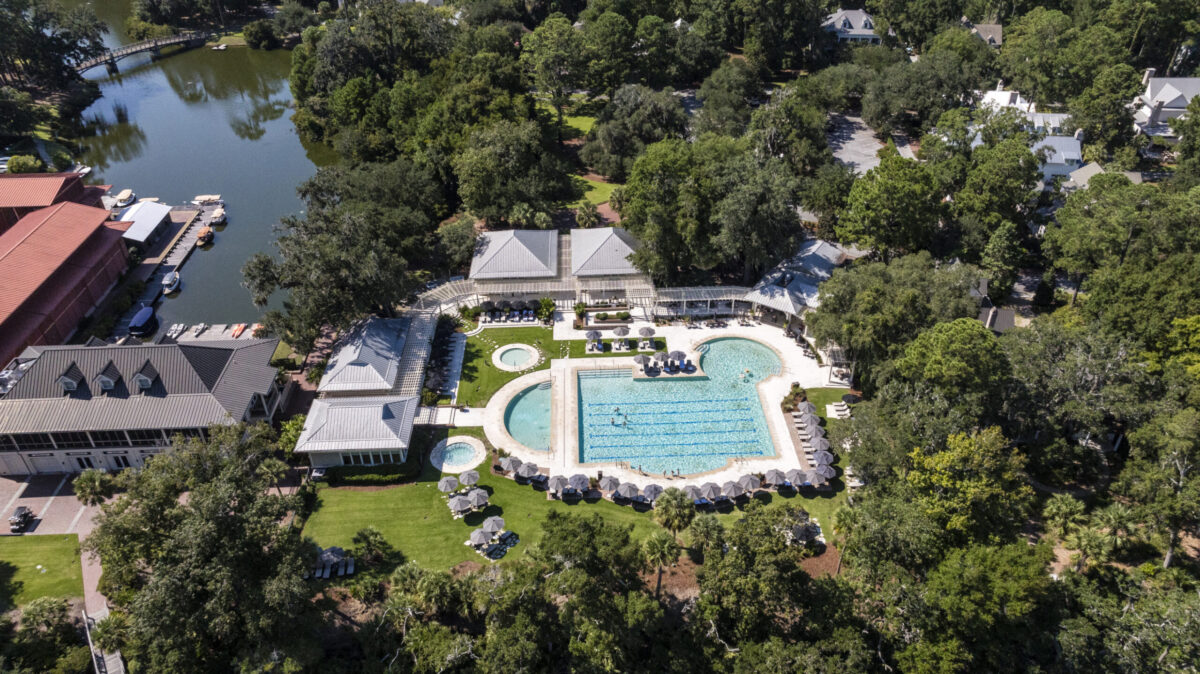
Palmetto Bluff Club: Finding Your Perfect Fit Tucked into the heart of the Lowcountry, Palmetto Bluff is a place where life unfolds at its finest pace—unhurried, connected, and deeply rooted in community. Membership here goes beyond access to world-class...
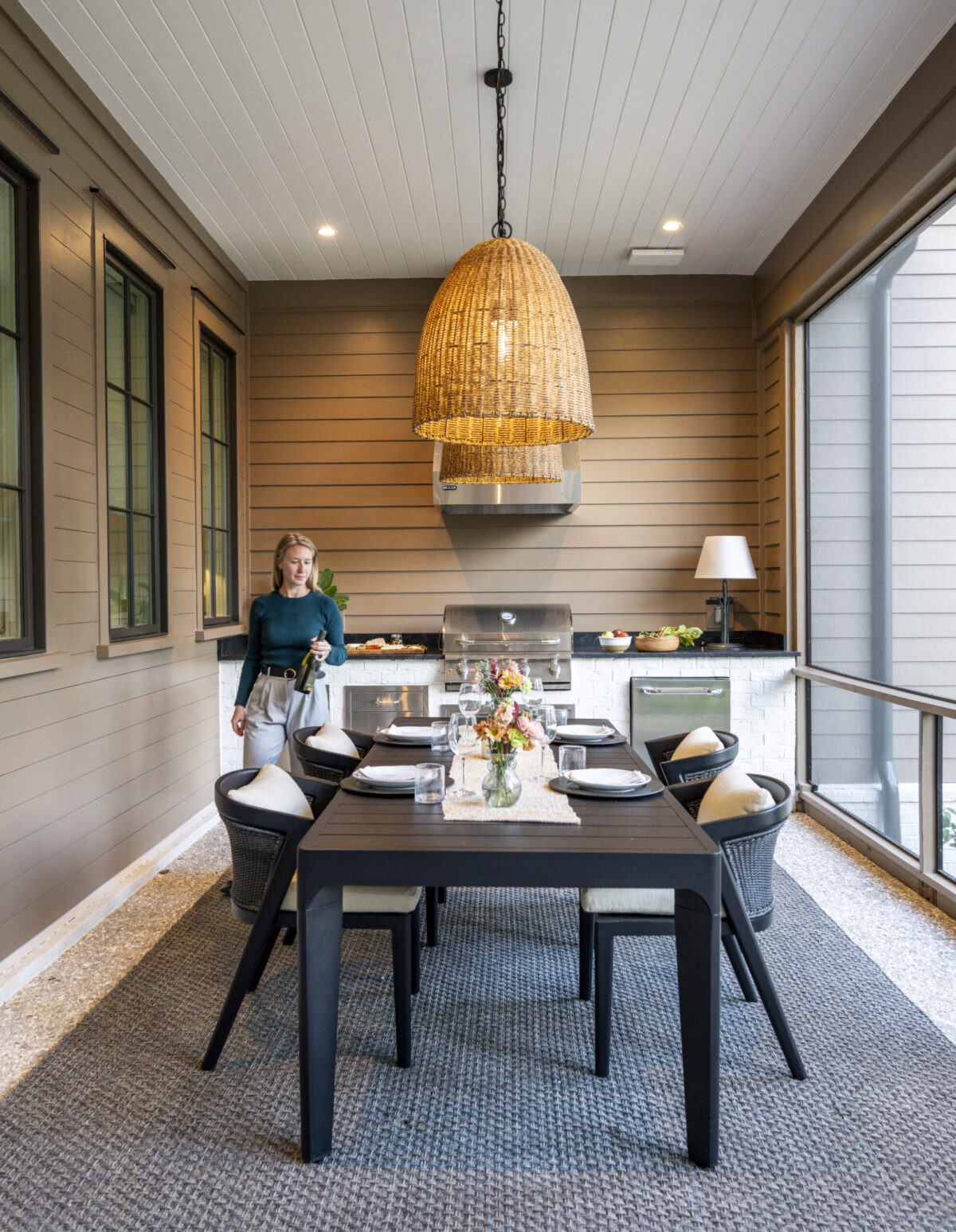
4 Ways to Incorporate Coastal Fall Decor into Your Home in 2025 If you are planning to decorate your home for fall, you might feel limited to warm colors and chilly weather. But if you live on the coast, you can easily incorporate coastal fall décor into your...
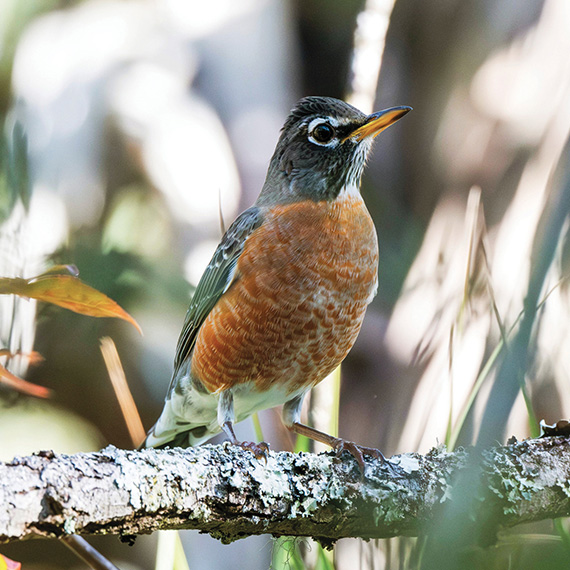
Here in the Lowcountry, the Conservancy brings FeederWatch to life with guided sessions at the Conservancy’s bird feeders. Education and Outreach Manager Aaron Palmieri leads these gatherings, teaching attendees how to identify wintering species, choose the ri...
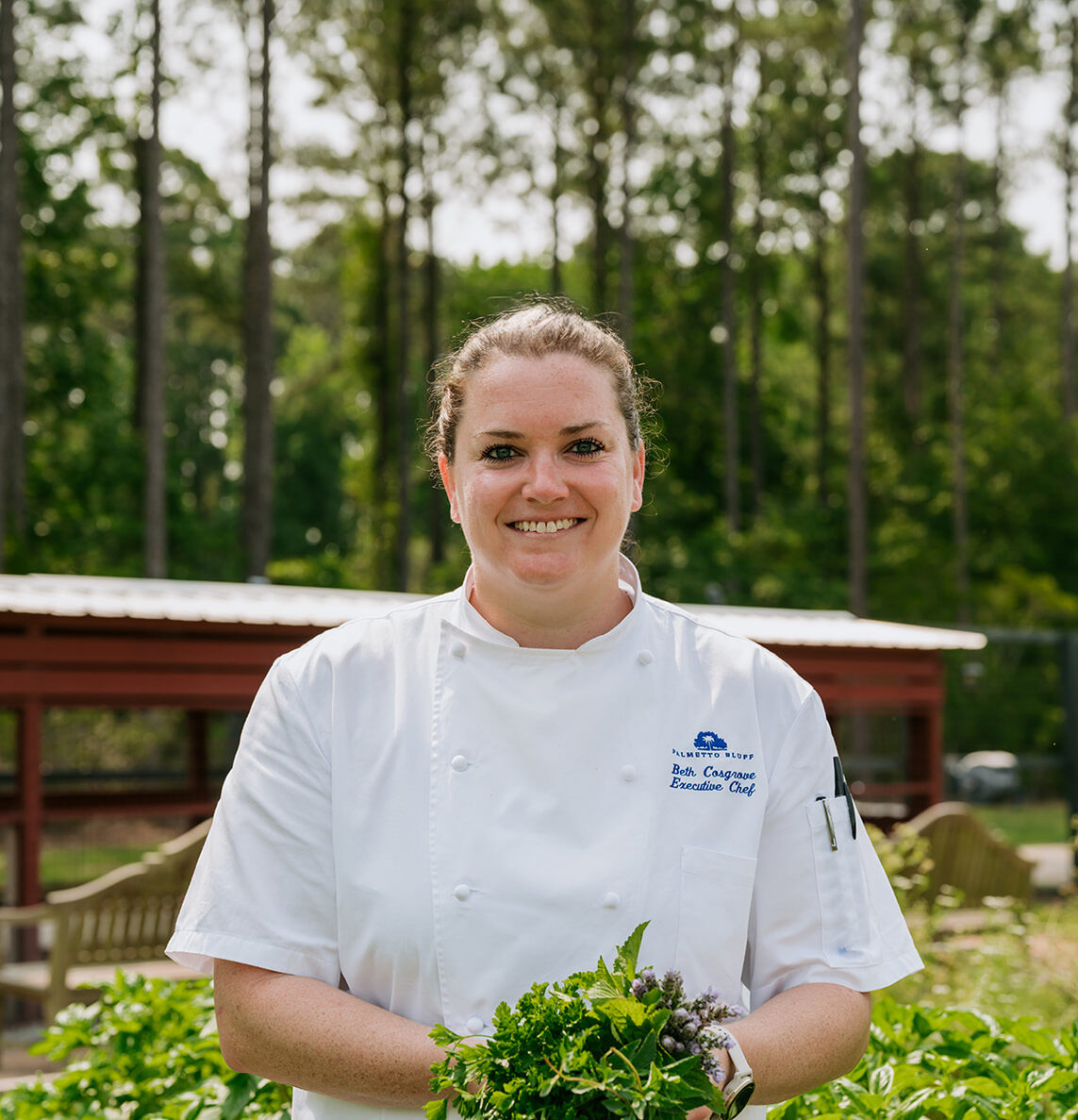
Chef Beth Cosgrove shares her favorite game day dip—with a Southern twist. Ingredients 2 cups cooked sea island red peas, crushed with a fork 1 recipe of pimento cheese dip (recipe below), room temperature 2 cups crème fraiche 1 cup fire-roast...

At Palmetto Bluff, newly built homes are more than residences—they are carefully crafted retreats offering the best of Lowcountry living. Palmetto Bluff Real Estate Co. Agent, Amanda Cutrer, shares the benefits of buying “new” in the Bluff. Builder Support ...
Learn about the Palmetto Bluff Conservancy and how we keep the vision of our land in place.
On land or water, there is an ever-evolving variety of activities.
We do not attempt to independently verify the currency, completeness, accuracy or authenticity of the data contained herein. All area measurements and calculations are approximate and should be independently verified. Data may be subject to transcription and transmission errors. Accordingly, the data is provided on an “as is” “as available” basis only and may not reflect all real estate activity in the market”. © [2023] REsides, Inc. All rights reserved. Certain information contained herein is derived from information, which is the licensed property of, and copyrighted by, REsides, Inc.